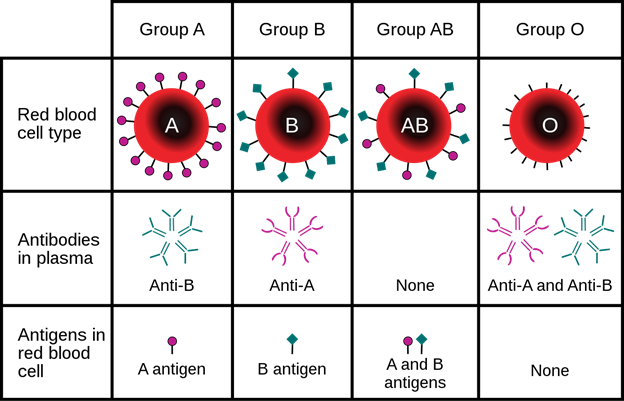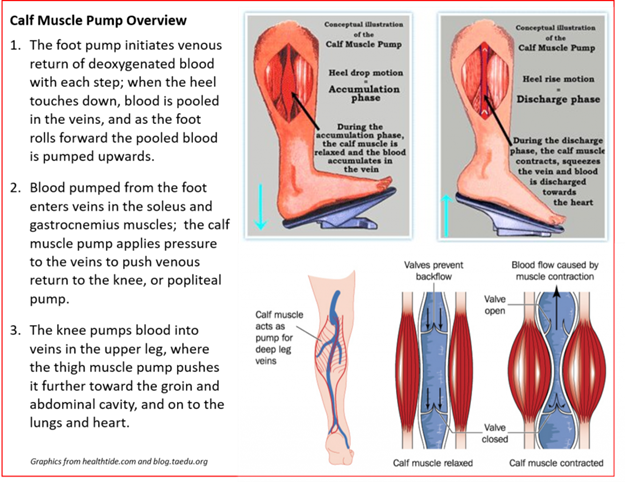The red blood cells of type AB blood have on their surfaces:
Antigen B only.
Neither antigens A nor B
Antigen A only.
Antigens A and B
The Correct Answer is D
This is because blood type AB has both A and B antigens on the surface of red blood cells.

Antigens are protein molecules that can trigger an immune response if they are foreign to the body.
Choice A is wrong because antigen B only is present in blood type B.
Choice B is wrong because neither antigens A nor B are present in blood type O.
Choice C is wrong because antigen A only is present in blood type A.
Normal ranges for blood types vary by population, but according to the NHS, about 3% of people in the UK have blood type AB.
Nursing Test Bank
Naxlex Comprehensive Predictor Exams
Related Questions
Correct Answer is A
Explanation
The correct answer is choice A. True.
Blood flow through a capillary is controlled by a precapillary sphincter, which opens or closes due to the requirements of the cells supplied by the capillary.
This allows blood to bypass the capillaries when they are not needed and to increase blood flow when they are needed.
Choice B. False is wrong because it contradicts the true statement in choice A. A precapillary sphincter is a ring of smooth muscle that surrounds the entrance of a capillary and regulates blood flow into it.
It is influenced by local factors such as oxygen, carbon dioxide, pH, and temperature.
Correct Answer is D
Explanation

This helps prevent blood pooling and clotting in the lower extremities, which can lead to deep vein thrombosis and pulmonary embolism.
It also reduces the workload on the heart and improves blood circulation throughout the body.
Choice A is wrong because contraction of muscles does not stimulate the arteries to vasodilate, but rather causes vasoconstriction in the inactive tissues to divert blood flow to the active muscles.
Choice B is wrong because the contraction of muscles itself does not increase heart rate significantly unless it is part of an aerobic exercise that elevates the metabolic demand.
Burning calories and keeping the heart strong are benefits of regular physical activity, not occasional muscle contraction.
Choice C is wrong because contraction of the leg muscles does not stimulate baroreceptors, which are pressure-sensitive receptors located in the walls of the arteries.
Baroreceptors respond to changes in blood pressure and signal the autonomic nervous system to adjust heart rate and vascular resistance accordingly.
Contraction of the leg muscles does not affect blood pressure or heart rate directly but rather assists with venous return.
Whether you are a student looking to ace your exams or a practicing nurse seeking to enhance your expertise , our nursing education contents will empower you with the confidence and competence to make a difference in the lives of patients and become a respected leader in the healthcare field.
Visit Naxlex, invest in your future and unlock endless possibilities with our unparalleled nursing education contents today
Report Wrong Answer on the Current Question
Do you disagree with the answer? If yes, what is your expected answer? Explain.
Kindly be descriptive with the issue you are facing.
